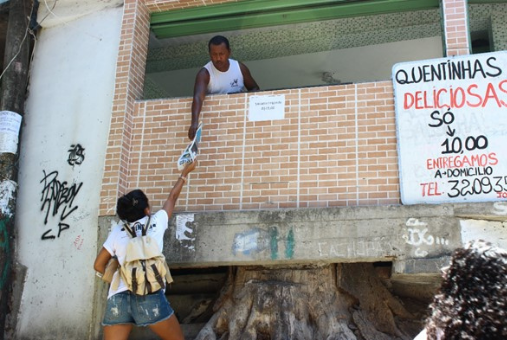
Many journalists who live and work in Rio’s favelas work by the “nós por nós” (informally, Us, by Us) mantra, creating their own media initiatives with journalism by and for themselves. They do this in order to speak their own voice to their own people, those that traditional media –and the State – usually forgets.
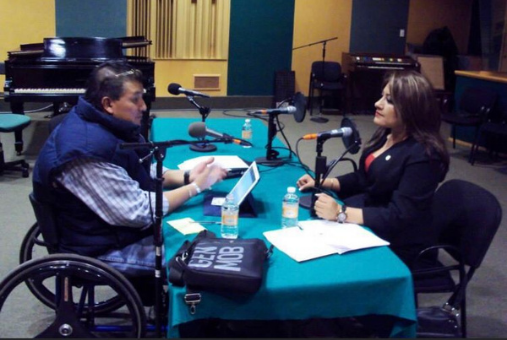
To understand the barriers for journalists with disabilities who want to enter newsrooms, as well as the treatment of persons with disabilities in the media, LatAm Journalism Review (LJR) spoke with media professionals in Latin America about their experience working in newsrooms and their advice for giving stories a human rights approach.
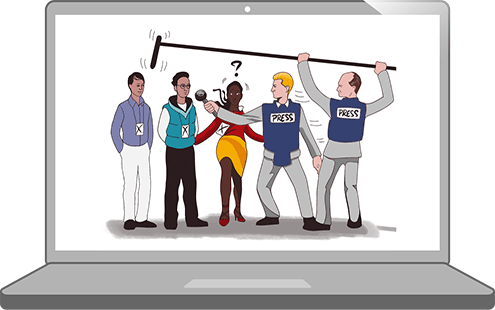
With the launch of the Gender Balance Guide for Spanish-language media, organizations WINN and WAN-IFRA seek to help journalists and media improve coverage of the issue.
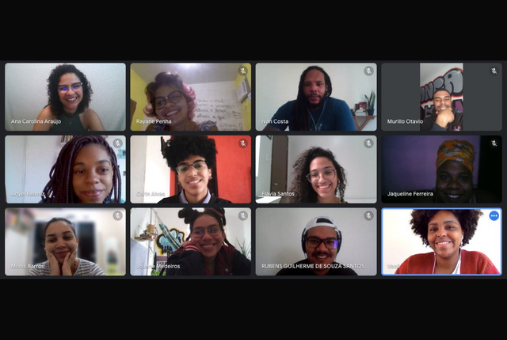
In addition to Folha, Nexo Jornal also launched an exclusive training program for Black people in 2021. These initiatives seek to break down some of the barriers that hinder the entry and permanence of Black journalists in Brazilian newsrooms, also leading to debates about racism and whiteness within organizations.
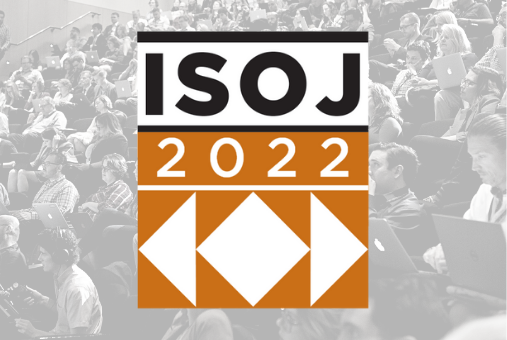
ISOJ 2022 will take place from April 1 - 2, 2022, in person at the University of Texas at Austin and with the same innovative and interactive streaming online that made the conference a big, global success in 2020 and 2021.

In recent years, there has been a spring of feminist media in Latin America, many starting alongside the MeToo (United States, 2017) or Ni una menos (Argentina, 2015) movements, which seek to vindicate the issues of women, trans women and the LGBTQ+ communities in media content and public discussion.
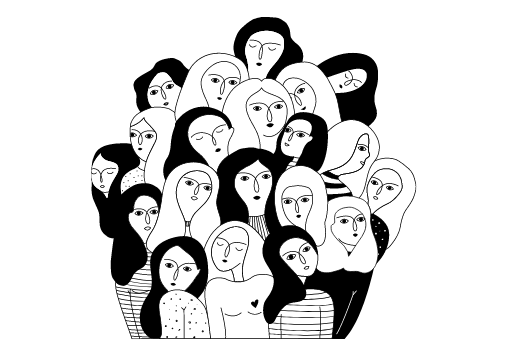
Laboratorio de Historias Poderosas, or the Powerful Stories Laboratory, was born in early 2021 as a means of expanding traditional media narratives to include women and LGBTQ+ people in coverage.

The mission of the Network of Journalists for Diversity in Communication is to increase the representation of Black journalists in Brazilian media. Formed in 2018, initially through a group on WhatsApp to share job opportunities among Black journalists, the network has evolved to establish partnerships with human resources companies and international organizations and now has more than 200 journalists.

Underrepresented and besieged by stereotypes and biases. This is how women appear in the news in at least 15 Latin American countries according to the 2020 report "Who makes the news?" which is part of the Global Media Monitoring Project (GMMP).
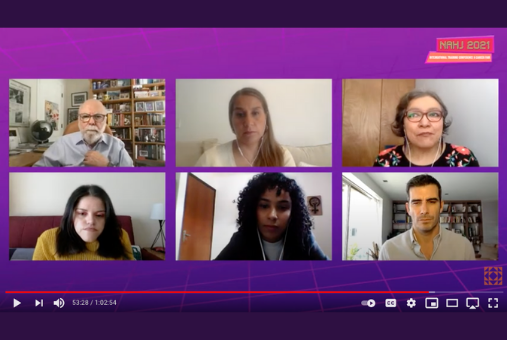
Journalism can be a key factor in eradicating deeply rooted problems in Latin America such as discrimination, racism, violence and polarization, but for this, journalists need to incorporate a perspective of diversity and inclusion, both in their narratives and in their newsrooms.
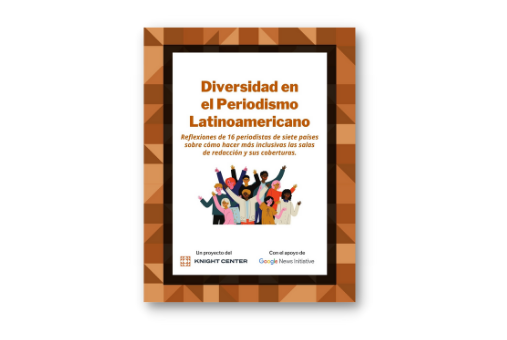
The Knight Center for Journalism in the Americas published the ebook “Diversity in Latin American Journalism,” which features reflections from 16 journalists from seven countries on how to make newsrooms and news coverage more inclusive.
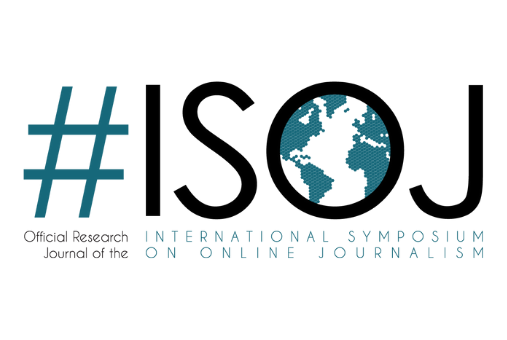
Researchers are invited to submit extended abstracts for the 2022 edition of the #ISOJ Journal, the peer-reviewed official research publication of the International Symposium on Online Journalism.